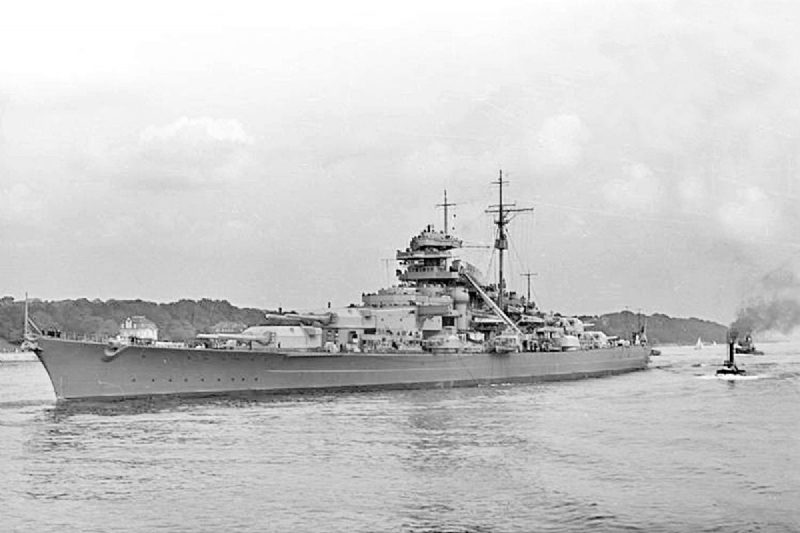Bismarck
Bismarck, II. It is one of the armored ships of the German Navy (Kriegsmarine) that took part in World War II. The heavily armored Bismarck, referred to as an ocean-bound fortress, is the first full-scale warship built by the German navy since World War I.
The Bismarck warship served in the cold waters between the United States and Britain in the Atlantic as part of Operation Rheinübung. Bismarck armored warship, accompanied by the heavy cruiser Prinz Euge, attacked the convoys crossing the ocean between the USA and Great Britain.
Throughout the struggle, Nazi leaders thought that state-of-the-art warships would save the allies and subdue the British.
Bismarck's Success
The battleship Bismarck encountered the large and powerful Hood battleship and Prince of Wales, which was named for the prestige and pride of the Royal Navy, in the Danish Strait. In this encounter; Bismarck and Hood clashed for four minutes until the Germans found their target.
Bismarck's shells crossed the deck of the Hood battlecruiser and hit the ground close to the main tower. Then, an armor-piercing shell tore deep Hood's ammo magazine. This rupture caused a massive explosion that launched a 600-foot pillar of fire into the air. After the great shock, the sailors on the Prince of Wales watched in horror as the warship Hood twisted in two and sink under the waves. The Hood battleship completely sunk as a result of the hit from Bismarck. Only three of the Hood's 1,421 crew members were lifted alive from the water. This was the biggest loss of life the Royal Navy ever took from a single ship.
The famous Bismarck survived the naval battle unscathed.
British Admiral John Tovey, who wanted to take revenge on the famous Bismark, which was among the famous ships, called on all existing ships in the British Main Fleet to hunt Bismarck.
Bismarck's End
The British naval forces, who came to revenge, managed to hit the defenseless rudders of the Bismark. The attack pierced a devastating hole in Bismarck's hull and disabled the steering mechanism. Desperate Bismarck, who could only sail in large circles, spent the night in the open ocean surrounded by the enemy. Wanting to reduce the risk of friendly fire, British soldier Tovey waited until morning to continue the attack. At dawn on May 27, three British battleships approached the crippled battleship Bismarck and opened fire. British ships approached 3,000 yards from 16 miles and punched violent holes in the ship for 90 minutes. While Bismarck was still swimming, Tovey ordered the heavy cruiser HMS Dorsetshire to fire his torpedoes at the enemy. The guns hit their target, and at 10:40 in the morning, Bismarck, the most beautiful, powerful, and elegant warship of its time, floated under the waves.

